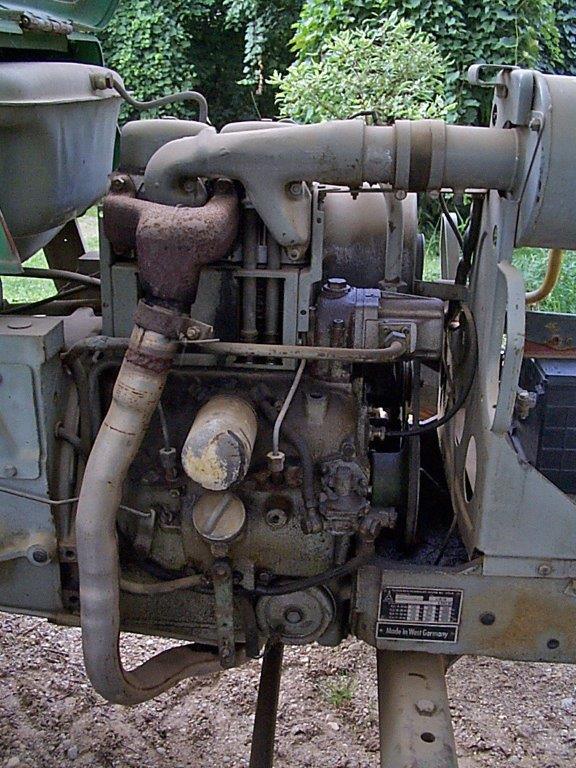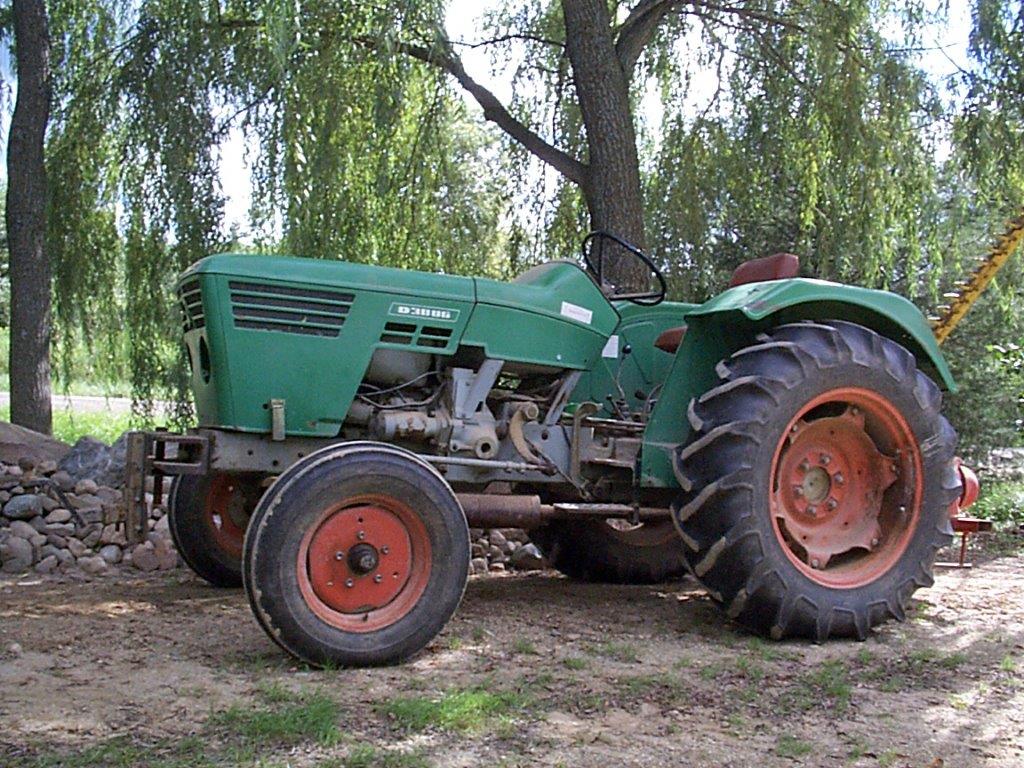Don't think so, but you seem to be the expert, so I'll leave you to it.
Didn't say it would catch more. That's determined by how much of each element is in the oil. I said fastest. For that matter, I'll include "more reliably".
Every centrifuge in the world works this way: heavier elements sink to the outside radius faster than stuff that is lighter. The lightest elements rise while the heavier stuff sinks.
Get an aluminum nut and a steel nut of the same size, and then a chunk of charcoal. Then set them in a tall glass of motor oil, and tell me which hits bottom first. If you cannot tell, get the oil a lot colder and re-test. Then you will see why I said the metal will be filtered fastest.
A centrifugal filter can/will catch metal particles too small for a conventional filter to stop. At a certain miniscule size, however, Van Der Waals forces and other molecular forces will interfere, and then the heavier atomic weights won't be as successfully settled to the bottom. This is why we don't all suffocate in CO2; our atmosphere stirs up the different gasses quicker than density can overcome.
When I was in the 7th grade, I observed Brownian motion under a microscope, and asked the teacher for a clarification of what was happening. She didn't believe me at first, and then I showed her what I was seeing. Then she told me what it was.
At tiny particle sizes, Brownian movement can keep small metal particles stirred up in solution with the oil. They gotta be real tiny, though.









